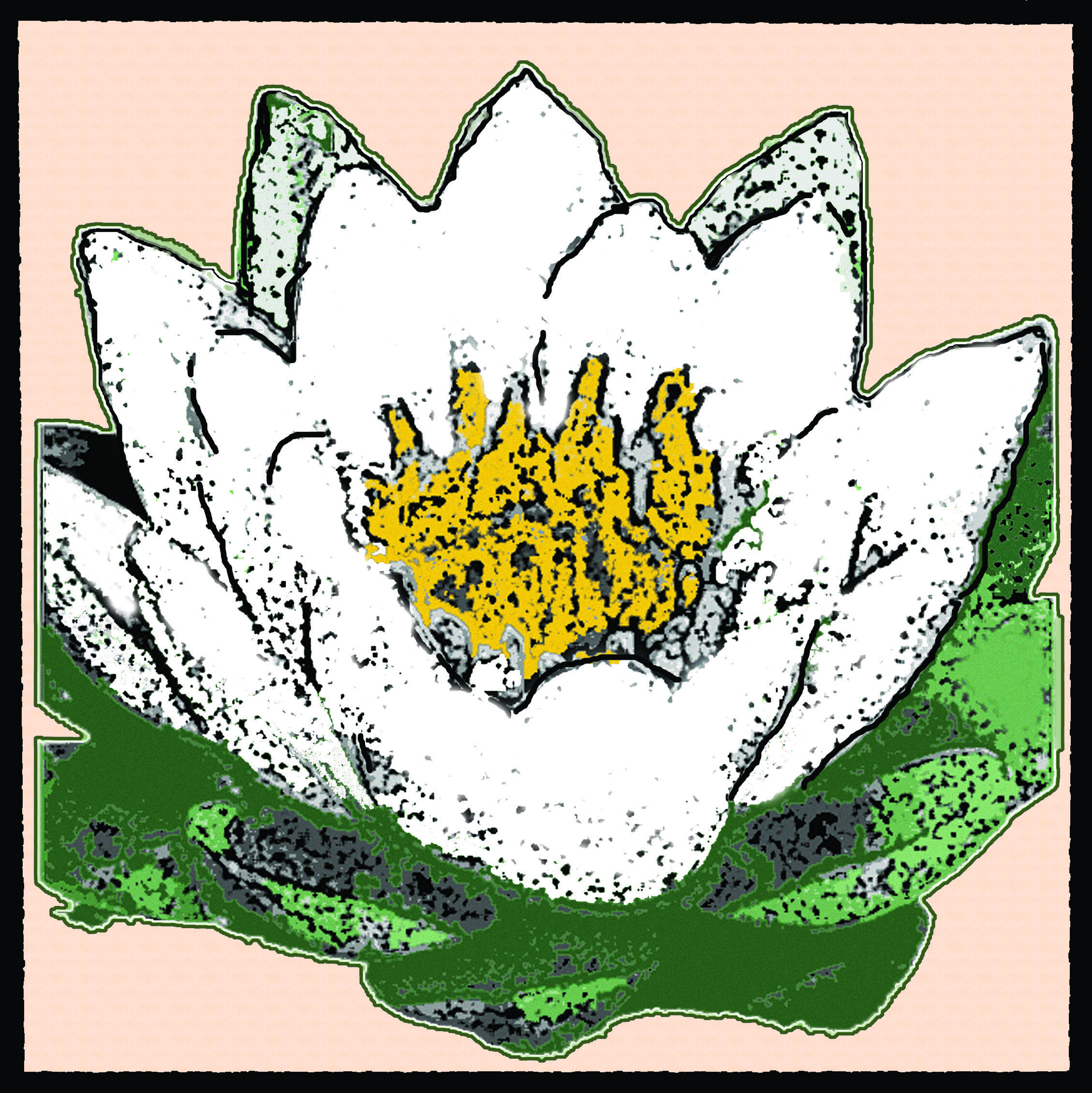 |
Ross W. Davidson Licensed Clinical Mental Health Counselor Masters Licensed Alcohol and Drug Counselor
|
 |
Ross W. Davidson Licensed Clinical Mental Health Counselor Masters Licensed Alcohol and Drug Counselor
|
Home Diagnoses Therapies Clinician Bio
Tools Resources Contact Insurance Carriers
|
A Simple Meditation Technique to Relieve Depression and Anxiety
Ross W. Davidson, LCMHC
Meditation, along with medication, exercise and psychotherapy, has been clinically proven to help alleviate symptoms of depression, anxiety and stress. Meditation helps us question erroneous self beliefs which often lead to reduced self-esteem and puts undue pressures on ourselves to be better people than we already are. Meditation facilitates deep rest and can help compensate for lack of sleep as well as improve sleep generally. The mantra technique has several advantages to other practices. It is “effortless” while other techniques require adhering to certain traditions of sitting postures and involve concentration, either on the breath, a “mudra” or hand posture, or other such requirements. Any meditation technique can be very useful and whatever technique fits you best is the one you should use. Try several techniques. There are even walking meditations for those of us who cannot sit still.
The practice A good mantra, or sound, is the Sanskrit word “Om”. Hindus believe this sound is a primordial building block of vibration and that the universe is entirely composed of vibrations. The mantra naturally help the mind settle into progressively deeper states of relaxation. Sit in a comfortable chair, on the floor or in bed (but sitting works better than lying down) with good lower back support. Think the mantra. Have other thoughts or think thoughts and the mantra at the same time. Let thoughts come and go as they will. Neither hold onto or push thoughts away. Let your mind be like the sky. In the sky are clouds, but the sky never holds onto the clouds. They come and go as they will. Just watch your thoughts, you don’t have to do anything with them. Determine when a 20 minute period will be over and go by the clock. Going by the clock will reduce the impact of such thoughts as “This is dumb, I’m wasting my time. I should get up and do something productive!” We are all plagued with thoughts of self doubt and other negative self identifications. They, like other thoughts, are just thoughts. Let them come and go as they will. Your thoughts will begin to die down which will allow stress to be released in the body. The mind experiences release of stress as more thoughts and so it will seem that you are “going backwards” with a busy mind. This is a natural cycle or progression of the meditation process. Just go with it. When the 20 minutes is over, spend another 2-3 minutes stretching or whatever in order to “come out” of the meditation. We can feel irritable or a stomach or headache if we jump up too soon. The restful consciousness you experience in meditation will naturally carry over into daily life, but of course will fade in intensity until the next meditation. It is like a cloth being dyed: the cloth is bright with color but afterwards fades with use and washings. If you dye the cloth again, it will become bright with color again and the cloth will fade less and less with each subsequent dying. Remember, this practice is “effortless”. You only have to close your eyes and think thoughts as you already do naturally. Add in the mantra now and again. That’s it.
|
 |
 |
 |
 |
 |
 |
 |
 |
 |
 |
 |
 |
 |
 |
 |
 |
 |
 |
 |
Ross W. Davidson, LCMHC, MLADC
135 Old Homestead Highway, Suite 301s; North Swanzey, New Hampshire 03431 603-831-8000 ross.davidson.lcmhc@gmail.com
"Every one of us has strength. Let me help you find yours."